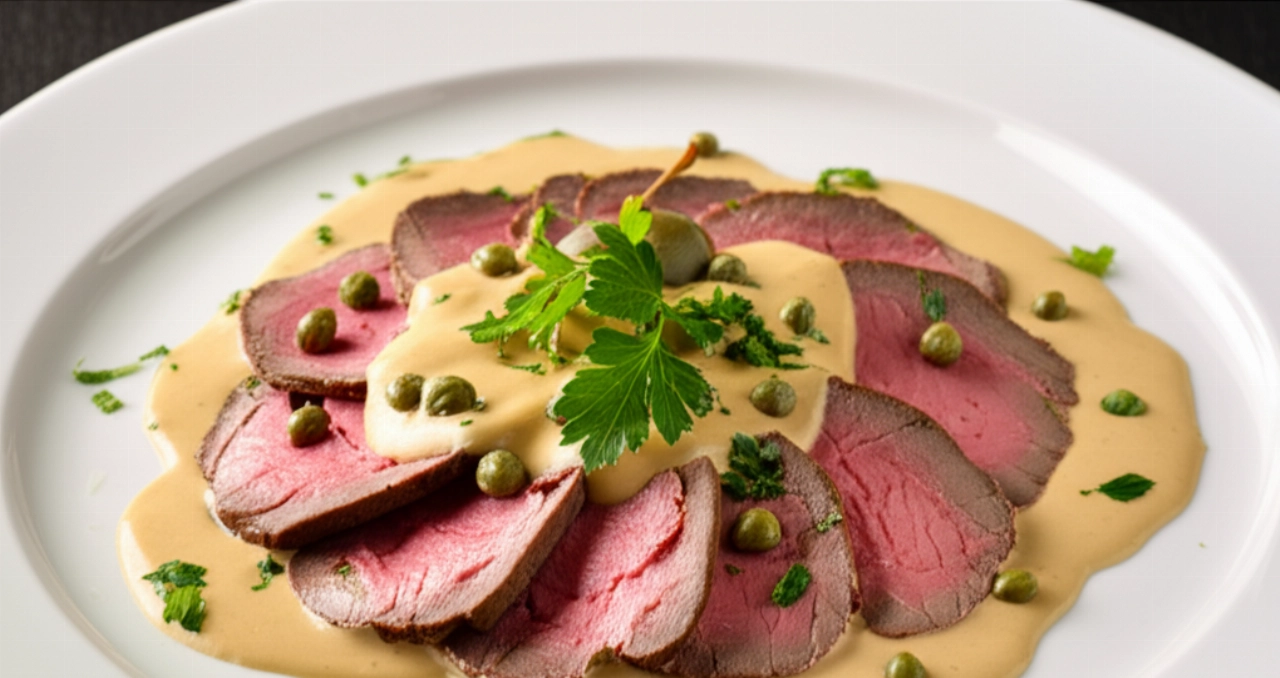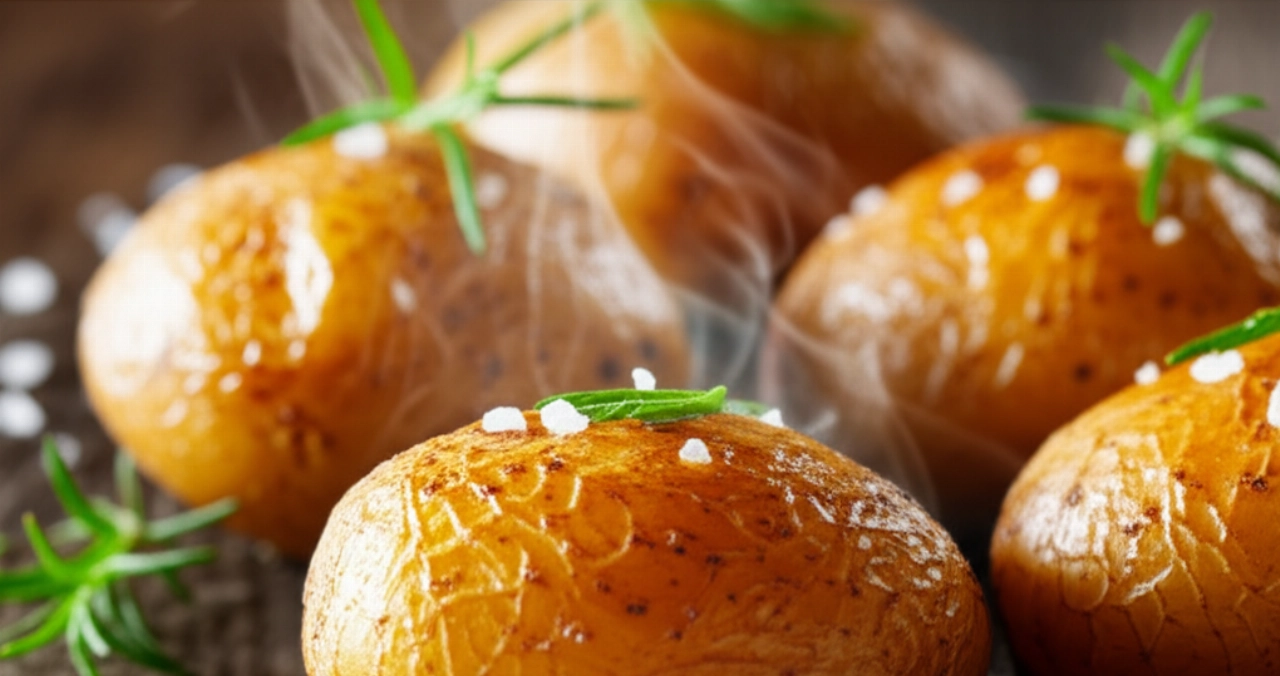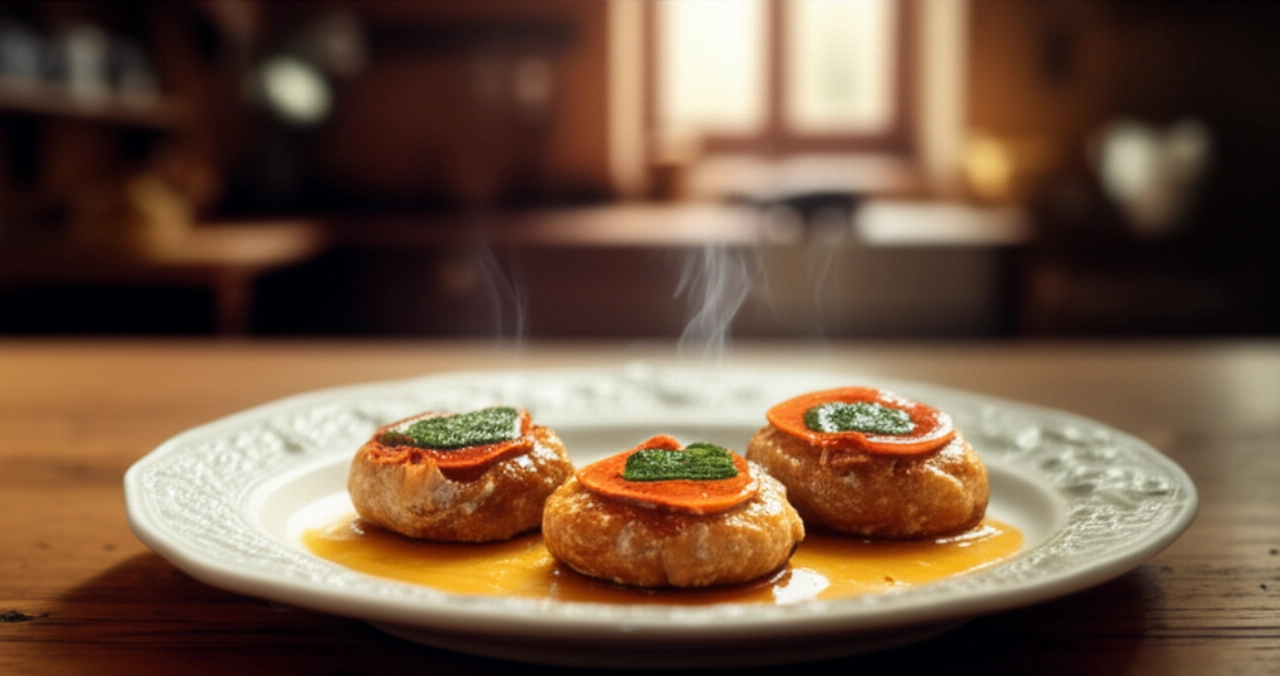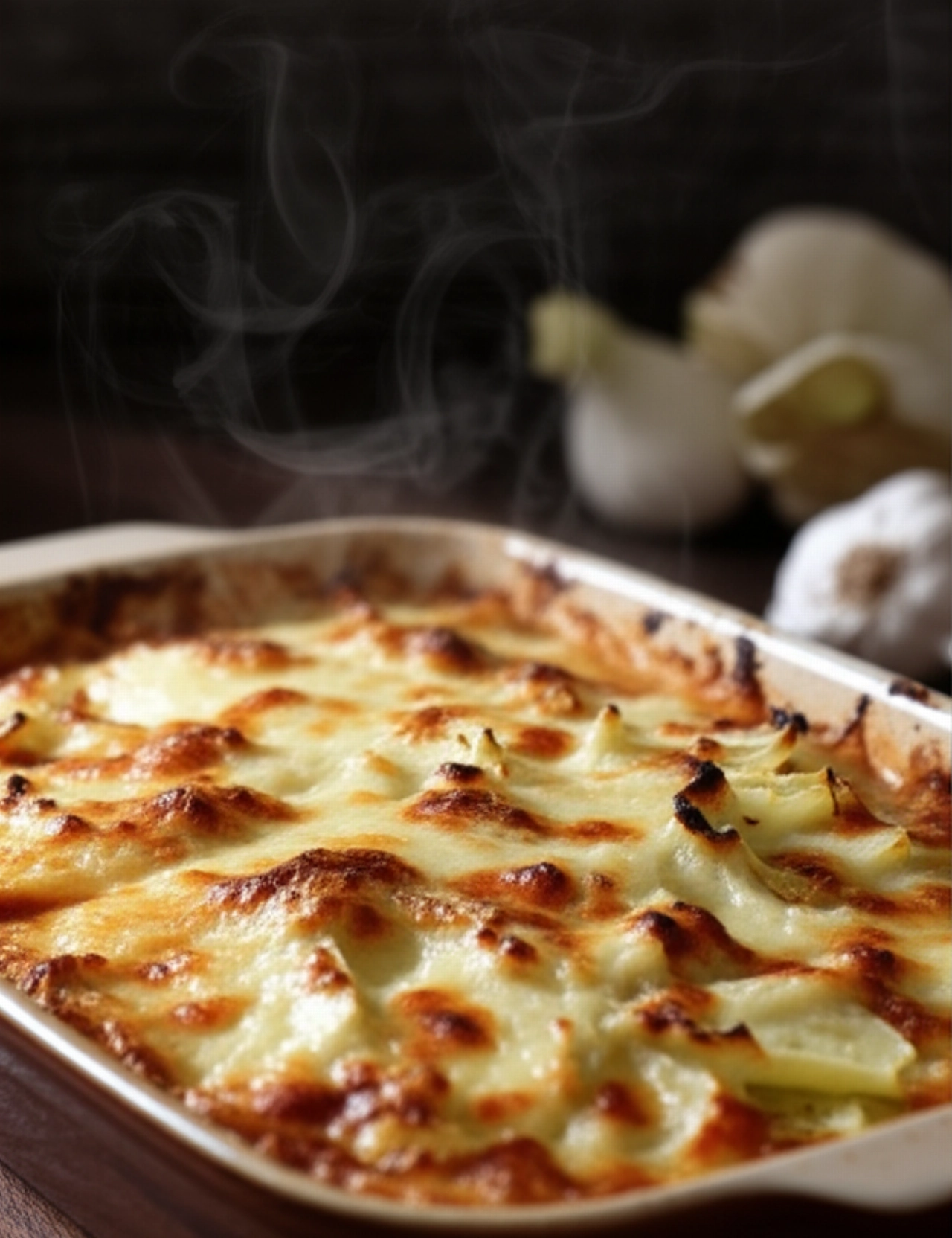There's something magical about the aroma of a roast slowly cooking in the oven, a scent that fills the house and promises an unforgettable Sunday lunch. But how many times have you pulled it out dry, stringy, or with a flavor that wasn't quite right? The anxiety of ruining such a noble and expensive cut of meat is a feeling I know well, and I understand how frustrating it is not to achieve the desired result.
Make yourself comfortable, because today I won't just give you a recipe, but a truly infallible guide, full of tricks and tips, to prepare an oven-roasted veal that melts in your mouth, with a golden crust and a gravy perfect for dipping bread. I guarantee that, by following my advice, success will be tremendous and everyone's applause will not be lacking. Here, the fear of making mistakes vanishes, and the pleasure of cooking takes over!

Smart Ingredients: The Choice That Makes a Difference
The secret to a perfect roast begins with ingredient selection. It's not just a list, but a conscious choice that will influence the final result.
- Veal (approx. 1 kg): Choose a cut suitable for roasting such as veal top round, eye of round, or knuckle. These cuts are lean but, if cooked correctly, remain tender and juicy. Ask your trusted butcher for a tied piece, or tie it yourself with kitchen twine to maintain a uniform shape and ensure even cooking.
- Vegetables for Soffritto: 1 carrot, 1 celery stalk, 1 small onion. They are not just a side dish, but the aromatic base that will add depth to your gravy.
- Fat for Searing: 2 tablespoons of extra virgin olive oil and 20 g of butter. Oil withstands high temperatures better, butter adds a round flavor and helps create a golden crust.
- Dry White Wine: 1/2 glass. Used to deglaze the meat, release cooking fond, and add acidity and aroma.
- Hot Vegetable or Meat Broth: Approx. 500 ml. It is essential to keep the roast moist during cooking and to create a flavorful gravy.
- Aromatic Herbs: 1 sprig of rosemary, 2-3 sage leaves, 1 bay leaf. Fresh herbs release aromas that pair perfectly with veal.
- Salt and Black Pepper: To taste. Do not underestimate the importance of seasoning the meat well with salt and pepper before cooking.
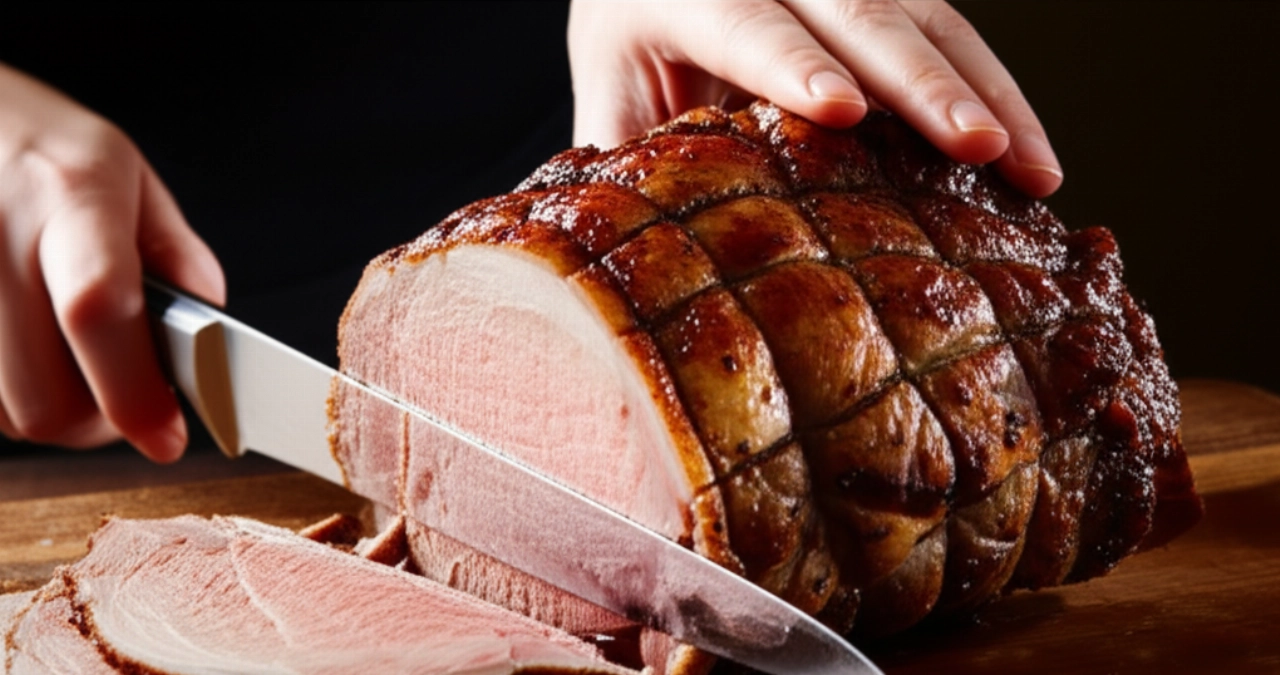
The 3 Mistakes That Make Roast Dry (and How to Avoid Them)
For your roast to be a triumph of tenderness and flavor, it's crucial to avoid some common missteps. I'll guide you, don't worry!
- Not Searing the Meat Properly: This is mistake number one! If you don't sear the meat well on all sides over high heat, the internal juices will escape during oven cooking, leaving you with a dry and stringy roast. Searing creates an external "crust" that seals in flavors and retains moisture inside.
- Cooking at the Wrong Temperature or for Too Long: Every oven is a world unto itself, and "eyeballing" the cooking is a risk. Too high a temperature burns the outside and leaves the inside raw; too low dries out the meat. Cooking time depends on the weight and type of oven. The solution? A meat thermometer! It will give you the certainty of perfect cooking.
- Not Resting the Meat After Cooking: It seems like an insignificant step, but it's vital! If you cut the roast immediately after taking it out of the oven, all the juices will disperse onto the cutting board. Letting it rest, wrapped in aluminum foil, allows the juices to redistribute evenly throughout the meat, making it incredibly more tender and juicy.
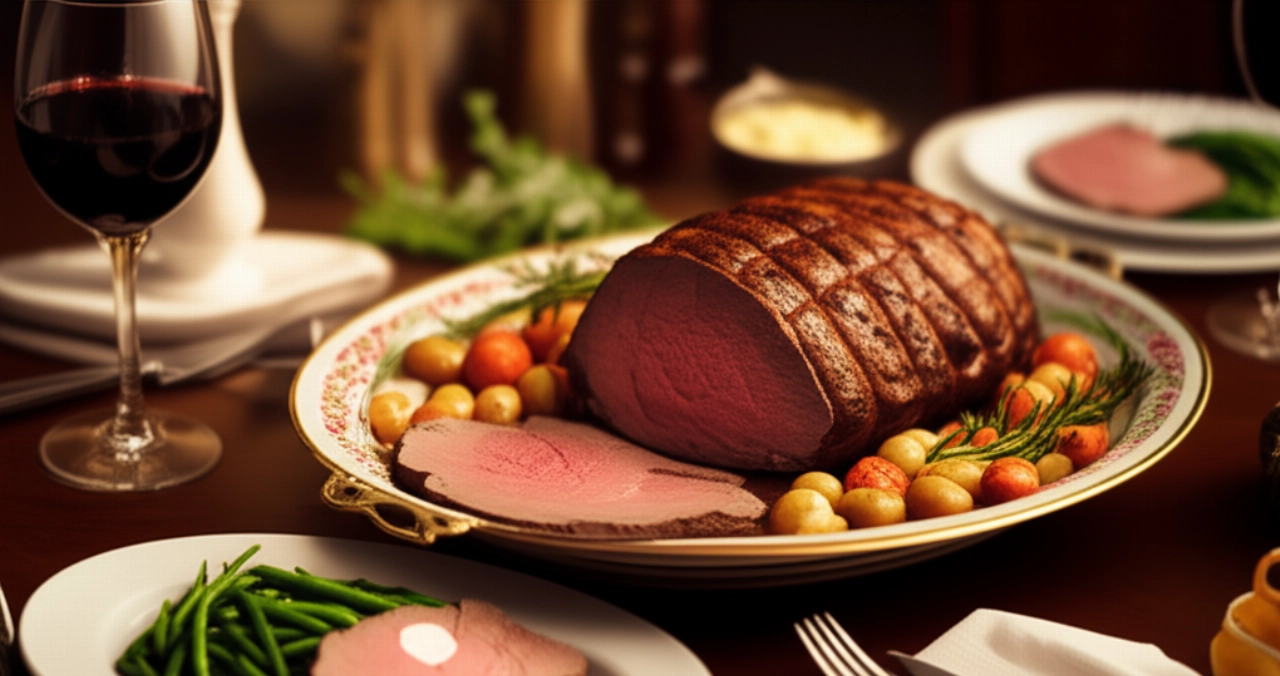
Grandma's Secret: The Trick for a Chef-Quality Roast
My grandmother, with her culinary wisdom, always taught me that patience is the secret ingredient to every perfect dish. For roasts, her golden advice was: "Let the meat rest, like a child after playing. Only then will it give you its best."
This means that once your roast has reached the desired internal temperature and you've taken it out of the oven, you absolutely must let it rest. Wrap it tightly in aluminum foil and leave it on the cutting board for at least 15-20 minutes (or even 30 for larger pieces). During this time, the meat fibers relax, and the juices, which concentrated in the center during cooking, redistribute evenly throughout the entire piece. The result? An incredibly more tender, juicy, and easy-to-slice roast. It's a small gesture, but it makes a huge difference!
Let's Prepare Roasted Veal Together: The Step-by-Step Guide
Now that you know the secrets and mistakes to avoid, let's get cooking! Follow each step carefully, and success will be guaranteed.
- Prepare the Meat: If the meat is not already tied, tie it yourself with kitchen twine to give it a compact shape. Season it well all over with salt and freshly ground black pepper. You can also rub it with finely chopped aromatic herbs for a more intense aroma.
- Sear the Meat: In a large oven-safe casserole (or a pan that you will then transfer to a baking dish), heat the extra virgin olive oil and butter over medium-high heat. When the butter is melted and foamy, place the roast and sear it on all sides until it has a beautiful, even golden crust. This step is crucial for sealing in the juices!
- Deglaze and Aromatics: Remove the roast from the casserole and set it aside. In the same casserole, add the vegetables for the soffritto (carrot, celery, onion) cut into coarse pieces and the aromatic herbs. Let them soften for a few minutes, scraping the bottom of the casserole to retrieve all the flavors from the searing.
- Add the Wine: Return the roast to the casserole with the vegetables. Deglaze with dry white wine, letting it evaporate completely to remove the alcohol. This step adds depth of flavor.
- Begin Oven Cooking: Preheat the static oven to 160°C (325°F). Add the hot broth to the casserole, enough to cover about one-third of the roast. Cover the casserole with a lid or with aluminum foil (if it's not oven-safe, transfer everything to a baking dish).
- Slow and Controlled Cooking: Bake the roast for about 1 hour and 30 minutes - 2 hours, depending on the weight and your oven. The approximate time is about 40-50 minutes per kg of meat. During cooking, every 20-30 minutes, open the oven and baste the roast with its own gravy to keep it moist. If the broth dries out too much, add more hot broth.
- The Thermometer is Your Best Friend: For perfection, use a meat thermometer. Veal roast is ready when the internal temperature at the thickest part of the meat reaches 65-70°C (149-158°F) for medium-rare, or 75°C (167°F) for more well-done. Insert the thermometer into the thickest part of the meat, avoiding the bone.
- The Essential Rest: Once cooked, remove the roast from the oven and the casserole. Immediately wrap it in aluminum foil and let it rest on the cutting board for at least 15-20 minutes. This step is FUNDAMENTAL for tenderness!
- Prepare the Gravy: While the roast rests, focus on the gravy. Remove the aromatic herbs and blend the remaining vegetables in the casserole with the cooking broth, using an immersion blender, until you get a smooth and velvety sauce. If the gravy is too thin, you can thicken it on the stove for a few minutes. Taste and adjust salt and pepper.
- Slice and Serve: After the resting time, unwrap the roast and slice it into not-too-thin slices with a sharp knife. Arrange the slices on a serving platter and generously drizzle with the hot gravy. Serve immediately, perhaps accompanied by crispy roasted potatoes or creamy mashed potatoes.
Tips and Frequently Asked Questions about Roasted Veal
Here are some answers to the most common questions, to clear any doubts and make you feel even more confident in the kitchen.
- Can I prepare the roast in advance?
- Yes, you can cook the roast in advance. Once cooked and rested, let it cool completely, then wrap it tightly in plastic wrap and store it in the refrigerator. When ready to serve, slice it and gently reheat it in its gravy or in a low-temperature oven, covered, to prevent it from drying out.
- How can I store leftover roast?
- Leftover roast can be stored in the refrigerator, well covered, for 2-3 days. You can slice it and store it with some of its gravy to keep it moist. It's also great cold, perhaps in a sandwich!
- What is the ideal internal temperature for veal roast?
- For a rosy and juicy veal roast, the ideal internal temperature at the thickest part of the meat is 65-70°C (149-158°F). If you prefer it more well-done, aim for 75°C (167°F). Remember that the temperature will continue to rise by a few degrees even after you remove it from the oven (carryover cooking).
- Can I use another type of meat?
- Certainly! This cooking technique is also perfect for pork roast (loin or tenderloin) or turkey. Cooking times and ideal internal temperatures may vary slightly, so always consult a reference chart or use a meat thermometer.
- How to make the gravy thicker?
- If, after blending the vegetables, the gravy seems too thin, you can thicken it on the stove for a few minutes. Alternatively, you can add a pinch of cornstarch dissolved in a little cold water, mixing well and boiling for one minute. This will make it creamier without altering its flavor.
There you have it! Now you no longer just have a recipe, but all the secrets to bring a dish to the table that tastes of home, tradition, and love. Such a tender and flavorful roasted veal will become your signature dish, and the satisfaction of seeing your guests ask for seconds will be priceless.
Don't be afraid to experiment. Cooking is an act of creativity, and with this solid foundation, success is guaranteed. Remember, every time you cook, you are creating a memory, an emotion. And with this recipe, it will be a wonderful memory!
Have you tried our roasted veal recipe? We're curious to see your masterpiece! Leave a comment below, tell us how it went, or share a photo on Instagram by tagging @CercaRicette.it. If you loved this main course, you can't miss our recipe for Crispy Roasted Potatoes or a perfect side dish like Creamy Mashed Potatoes. See you in the next recipe!
